You are just driving down the highway and suddenly feel a jolt of vibration that takes you by surprise. It’s not smooth at all—instead, it feels like you’re having an earthquake hit your car! However, when idling, the car is super quiet.
So, why your car vibrates in the drive but not in neutral? Your car will vibrate in drive mode if you have clogged air filters, blocked fuel injectors, and malfunctioning spark plugs or ignition coils. Vacuum leaks, poor motor mounts, and bad sensors can also be the reason.
Below, we will talk about what causes vibrations in your car when driving and not in neutral. We will also look at ways to fix the problem.
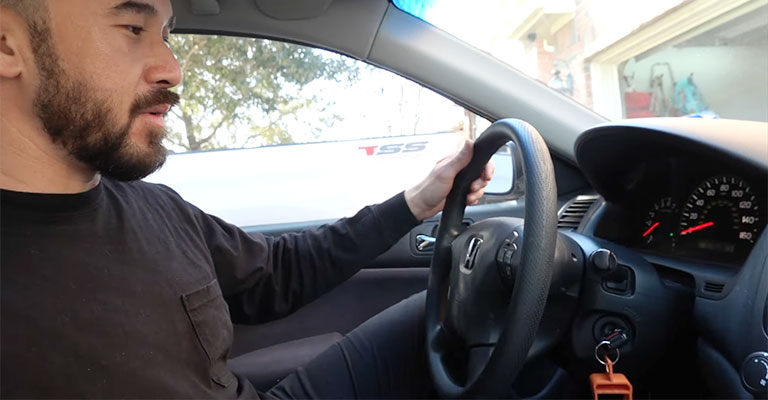
Car vibrates in the drive but not in neutral? Here are the causes
Below are some of the culprits that might be causing vibrations when driving down the highway:
1. Broken motor mounts
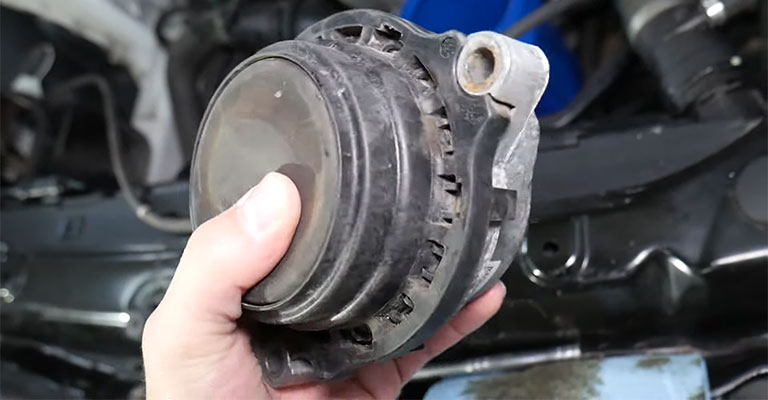
Motor mounts are basically the small supports on your car’s engine that support the drive shafts, which connect to your differential through a gearbox. They keep things stable and make sure that your engine doesn’t vibrate when it’s moving.
One of the most common causes of a broken motor mount is a loose connection between the motor and transmission. If you’re experiencing vibrations in your car’s transmission, it’s likely that this is the problem.
2. Misaligned wheels
If your car vibrates in the drive but not in neutral, it’s likely that one of the wheels is misaligned.
When a wheel isn’t aligned correctly, it can create vibrations that travel up the shaft of the steering column and into the steering wheel. If your car vibrates in the drive but not in neutral, it’s likely that one of the wheels is misaligned.
3. Faulty spark plugs
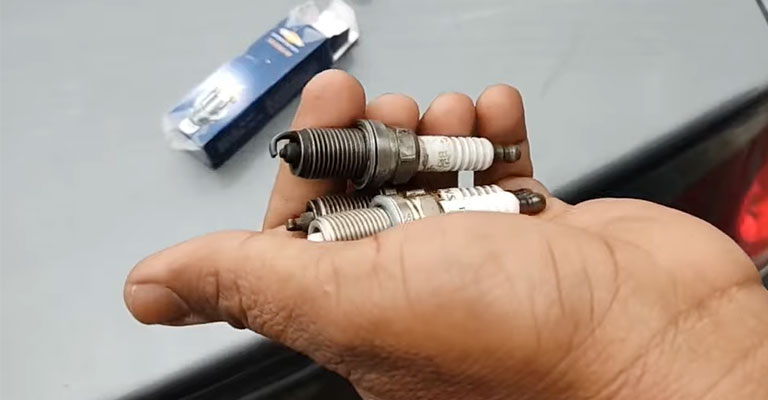
A spark plug is a small cylinder that contains an electrode and a wick. The electrode is the part of the spark plug that makes contact with the gas-air mixture to create an electrical spark that ignites it.
The wick allows fuel to flow from the bottom of the cylinder into the top, where it mixes with the air. If there’s any blockage or impurity in either one of these parts, then you’ll get no spark, and your vehicle will experience vibrations when driving.
4. Worn-out or misadjusted belts
A worn-out drive belt can lead to more than just a noisy engine. It can also create a vibration that travels through the transmission and into the passenger cabin.
In some cases, this vibration can take the form of an annoying knocking sound that becomes more intense when you accelerate and continue throughout your drive.
5. Clogged air filters
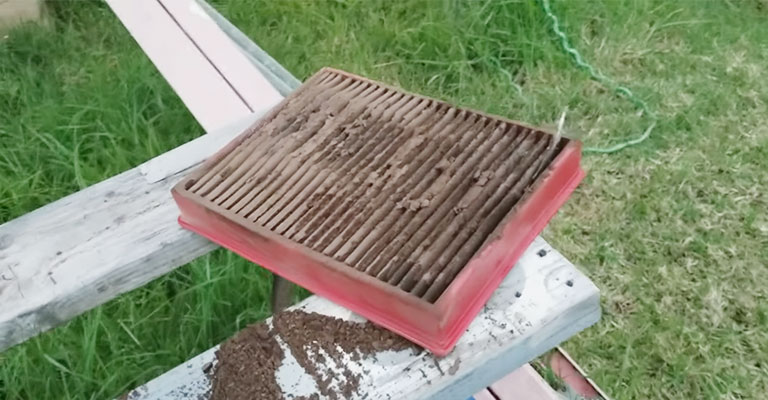
Clogged air filters can cause engine vibrations in your car.
These vibrations are caused by the engine trying to compensate for the lack of airflow. The engine will try to force more air into the intake, but it won’t have enough room. This causes a vibration that is felt in the steering wheel and in the seats.
In some cases, clogged air filters can lead to other serious issues like engine stalls.
6. Engine vacuum leak
A vacuum leak is when there’s a hole in your engine that isn’t being sealed properly. This can cause the engine to vibrate when it’s in neutral or drive. In serious cases, it can also cause your car to not start when you turn the key.
Vacuum leaks are usually caused by bad seals on hoses or other parts of the car’s system. These leaks create air pockets that make it harder for the engine to pull in enough air, which causes it to vibrate as it tries to maintain this balance.
7. Faulty oxygen sensors
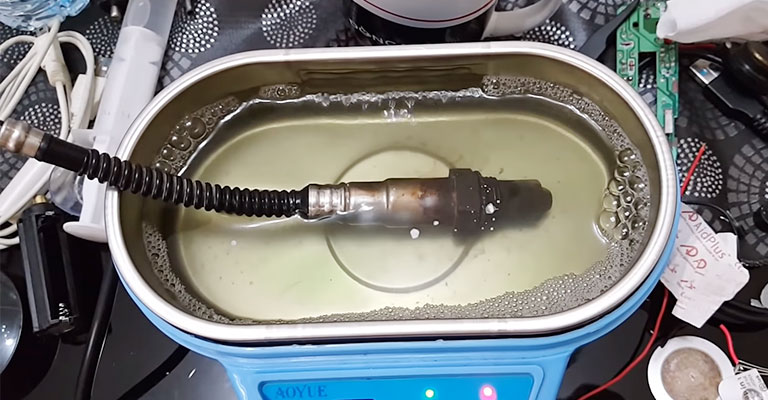
Oxygen sensors are one of the most important parts of your car’s engine because they help get the right amount of air into the combustion chamber.
If they aren’t working properly, the car will have difficulty getting enough oxygen into the cylinders to turn over and start-up. This can cause vibrations in all gears, especially when you’re driving at higher speeds.
8. Blocked fuel injectors
When the engine is running, fuel is injected into the combustion chamber. The fuel enters the combustion chamber through a distributor and enters each cylinder through a fuel injector. These injectors are located at each end of the cylinder head.
A blockage in any one of these injectors can cause vibrations in the engine and make it difficult to drive.
How to fix car vibrations that occur when driving but not in neutral
Here’s how to fix a car that vibrates while driving:
1. Clear up your air filter and fuel injectors
Use a vacuum cleaner to suck all the debris. You can also use soapy water to wash these components. Ensure that you dry them before reinstalling them.
2. Tighten engine mounts
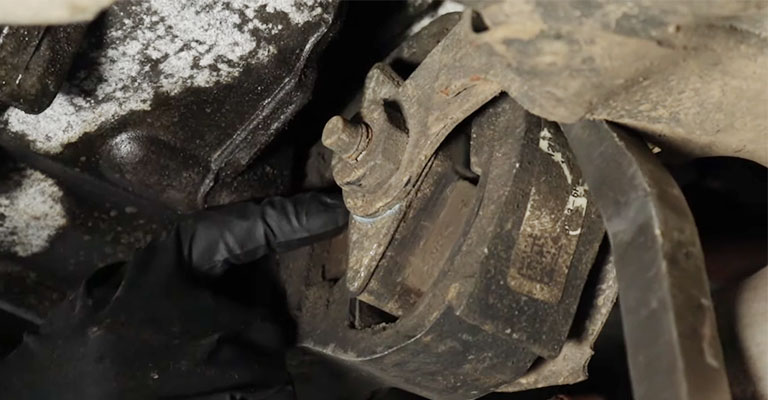
Find the right screwdriver or spanner than will fit your engine mounts. Tighten them by moving your spanner clockwise until you can’t move it anymore.
3. Check your wheel alignment
You can have a qualified mechanic check out your wheel balance and alignment using the balancing software. The software ensures you get the correct balance and alignment without errors.
4. Replace spark plugs and oxygen sensors
Spark plugs are located in your engine. Remove them, buy new ones and install the plugs correctly.
Oxygen sensors are located under each exhaust pipe on either side of the exhaust manifold. Replace them with new ones if they’re diagnosed faulty.
5. Seal your engine
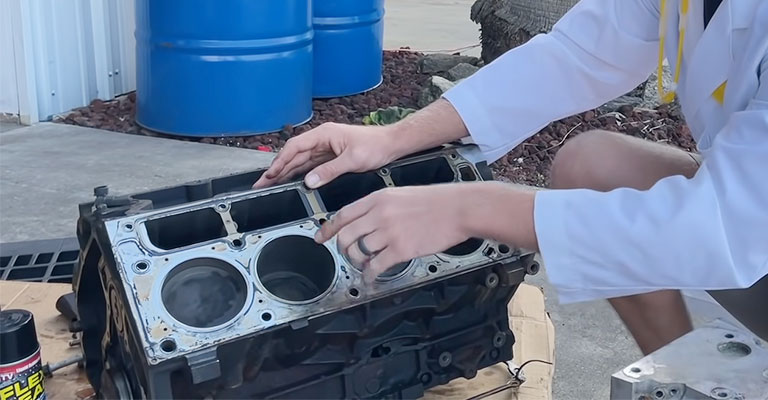
Start your engine and let it idle for about 5 minutes.
Open your car bonnet and inspect your engine. Check for loose parts, and work out junctions or cracked pieces. These might be the culprits causing the vacuum leak.
Once identified, replace any worn-out part. Tighten all the loose parts and your engine should be working normally when driving.
6. Adjust or replace your drive belt
If your belt’s not working properly, your car won’t be able to move forward without constantly applying force on the accelerator or braking. If you notice that your car’s drive belt isn’t moving as smoothly as it used to, there could be a problem with it.
The first thing to do is check out whether or not there are any cracks in the belt. If so, it needs to be replaced immediately. If there are no cracks and everything seems okay otherwise, you can go ahead and try tightening up a few things.
Leave a Reply